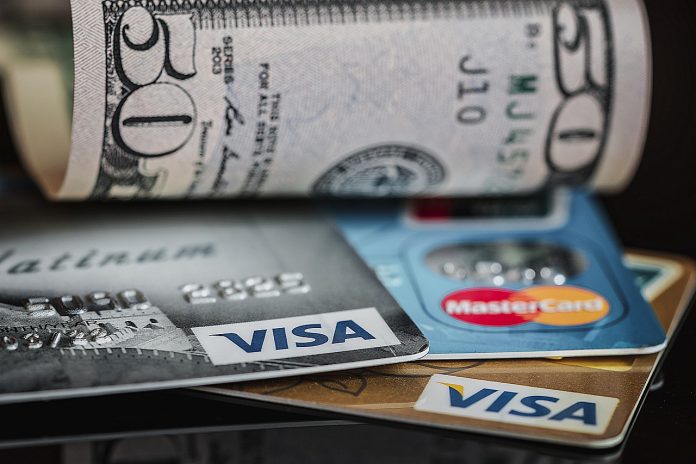In May 2019, every US household had an average credit card debt amounting to $8,402. According to The Debt Phoenix, the total credit card debt for the nation was $1.07 trillion, divided among 128 million households that use credit cards. At present, there are 253 million American adults using credit cards, and each of them has an average debt of $4,202.
If you, by any chance, happen to be overburdened with your credit card debt, you must follow a well-thought–out debt relief plan. Mentioned below are a few steps that will surely get you back on track to recovering your financial freedom.
- Before you start getting rid of your debt, you must stop adding any new debts. Therefore, stop spending on new purchases, and use that money to pay your debt. Once you are debt-free again, there will be ample opportunities to make new purchases you want.
- Now, calculate your total credit card debt by adding the debt amounts and interests for all the credit cards you are using. This can be a painful phase for you, but it will provide you a clear insight into your condition before you start working on it.
- Based on your monthly income, create a monthly budget for your essential expenses. Please remember that your expenses should only include the bare necessities such as gas, groceries, bills, and other living expenses. Now, create a monthly debt repayment schedule by figuring out how much you can afford to pay each month. This schedule, however, must be realistic and leave space for emergency situations.
- The next important step is to remain committed to the budget you have created. The best way to do it is to set up automated monthly payments. Set it up in a way so that the amount is paid the day after your pay date.
- If you feel too pressured by your credit card debt, you may request the card provider to renegotiate the terms. In many instances, these creditors do provide a slightly reduced interest rate or payment postponement for a short period.
- One of the best approaches to settle your outstanding balance is to consider a debt consolidation loan. These loans are helpful because they consolidate the entire debt amount to a single monthly payment at a favorable rate of interest. Debt consolidation loans are particularly useful for individuals planning to pay their debt over several years.
- Balance transfer is another alternative you may consider. This facility provides card holders a very low or zero interest on their transferred debt for a certain period of time. Therefore, there is more time available to repay the debt.
If you have several credit cards, here are some additional guidelines for you.
- Switching to a card with a low annual fee can be a great step for you. It is possible to combine it with a balance transfer offer, to make it even more effective. Ideally, you should look for a credit card with no annual fee that offers a 0% balance transfer benefit.
- You can save the maximum amount by prioritizing the payment for the card with the highest interest rate, followed by the next highest, and so on. However, don’t forget that you still need to pay the minimum amount for all other cards.
- Some people find it more motivating to pay off the card with the lowest balance before other cards. This strategy reduces the number of outstanding accounts at a faster pace and reduces the interest payment.
We understand how overwhelming a credit card debt can be. However, this is not the end of the world. It is very possible to get back on track with a well planned strategy. By implementing the steps discussed here, you will be able to make sustainable and long-lasting changes to your financial condition.
Find a Home-Based Business to Start-Up >>> Hundreds of Business Listings.
















































